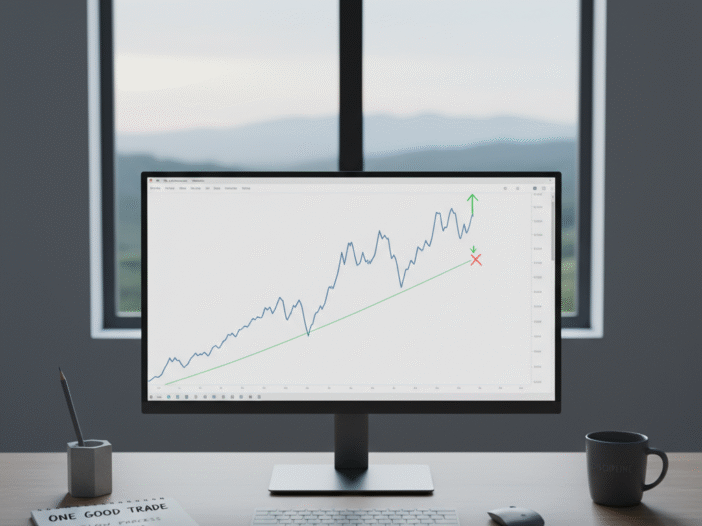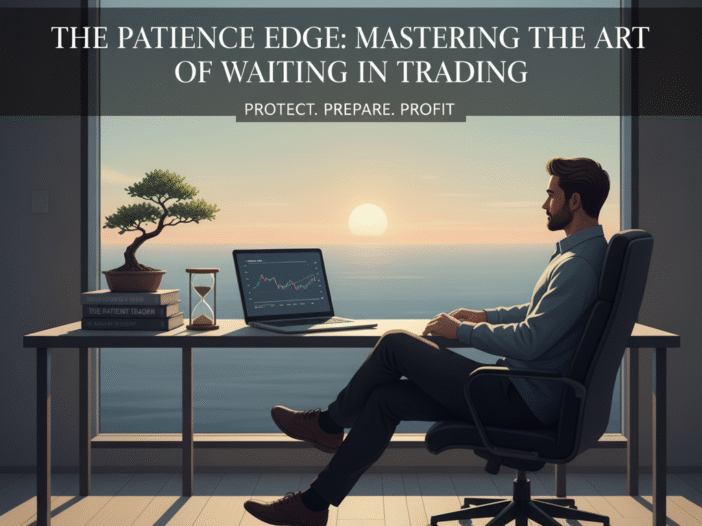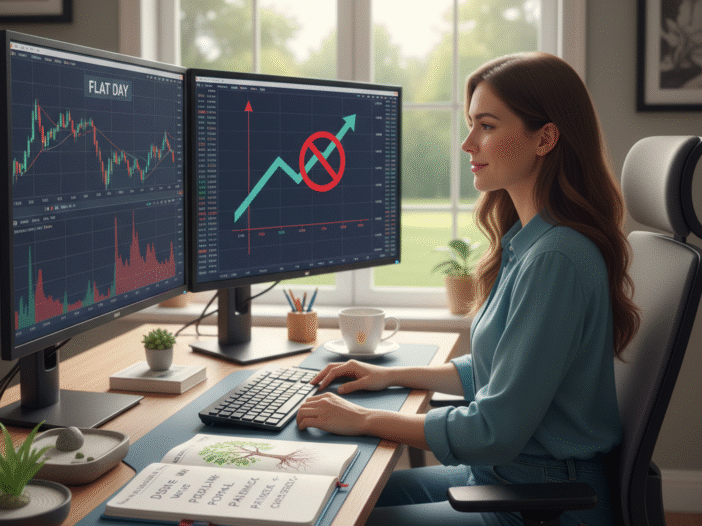How refocusing on the right timeframe restores clarity and discipline I noticed something last week.The tighter I zoomed in, the more I lost the plot. Each time I stared at the five-minute chart, pressure built, that quiet urge to act, to fix, to catch something. The smaller the chart, the louder the noise. I started […]
Flat Isn’t Failure
Last week, there were two days, I didn’t take a single trade. This post is to share the lessons I learned from those two days. Tokyo sessions offered no structure. London teased setups that never completed.Each day, I logged in, mapped the anchors, and walked away flat. By Friday, frustration crept in. That quiet feeling […]
The Hidden Battle After a Winning Trade
Most traders think the hardest part of trading is finding the right entry. But the real challenge often begins after you’ve already done the hard work, executed cleanly, and booked a win. The danger isn’t missing setups. It’s what happens when you’ve had a good trade and suddenly the urge to do more creeps in. […]
Consistency Through Simplicity: One Trade That Matters
Most traders think consistency is built on catching every move. I used to think the same — that if I missed a leg, I was leaving money on the table. But over time, I’ve come to see the opposite is true. The more I chased, the less consistent I became. Now, I aim for something […]
Patience Pays More Than Prediction
Last week I didn’t trade much.One day I didn’t even look at the charts. Another day, I only watched. And then, on Friday, the market delivered a clean move, the kind of sequence that looks obvious in hindsight. The surprising part? I didn’t feel regret. The pressure to always act Trading has a hidden tension.It’s […]
Flat, Frustrated, and Still Winning
I finished today flat.No trades. No gains. Just charts and notes. On paper, that sounds like nothing. In practice, it was harder than taking a loss. Because the market moved exactly where I thought it would. I called it right, but didn’t step in. That’s where the frustration creeps in.It feels like you missed it.Like […]







